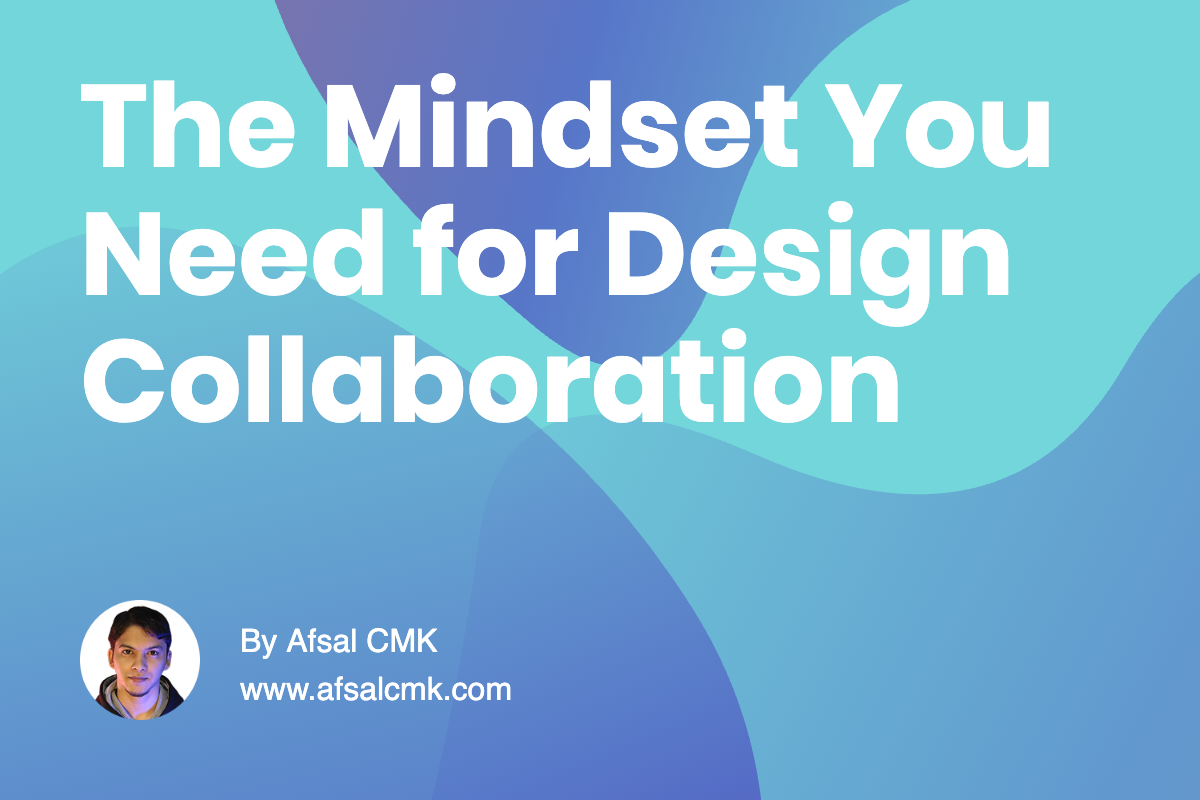
The Mindset You Need for Design Collaboration
During my time at Microsoft, one of the most valuable lessons I learned was the power of a growth mindset. Early on, I sometimes saw collaboration as a test of defending my ideas. If an engineer challenged a flow or a PM asked for a change, my instinct was to prove my design was right. But in big, complex product environments, that attitude only creates friction. What actually moves work forward is curiosity, flexibility, and a willingness to learn-hallmarks of a growth mindset.
Collaboration in product design isn’t about winning arguments. It’s about combining perspectives to arrive at the strongest solution. At Microsoft, projects often involved multiple teams spread across geographies. No single person had the full picture. A designer could see the user’s perspective, an engineer might highlight technical limits, and a PM would surface business priorities. When I approached those conversations with a fixed mindset, I saw constraints. When I shifted to a growth mindset, I saw opportunities to learn and adapt.
One project stands out: we were designing a cross-platform feature where performance was a major challenge. Initially, I felt frustrated that my ideal design couldn’t be built as envisioned. But by leaning into a growth mindset, I worked with engineers to simplify interactions without sacrificing usability. The final product was more efficient, and it shipped faster. That experience reinforced that flexibility isn’t compromise-it’s collaboration in action.
Here’s how a growth mindset shaped my collaboration style:
- Ask before defending – instead of pushing back immediately, I started asking why someone held their view. Often the insight revealed a blind spot I had missed.
- Value feedback as fuel – rather than taking critique as a threat, I treated it as a chance to refine the design and strengthen outcomes.
- Stay flexible – when constraints appeared, I experimented with alternatives instead of holding onto the first solution. Many times, the new version was better than my original.
- Learn from other disciplines – engineers, researchers, and PMs all think differently. Absorbing their perspectives made my work more holistic and resilient.
What I carry forward is simple: growth mindset transforms collaboration from negotiation into co-creation. It shifts the energy from protecting your idea to building the best idea together. In fast-moving product teams, that mindset not only improves outcomes but also builds stronger trust across disciplines. Great design grows when designers grow with it.